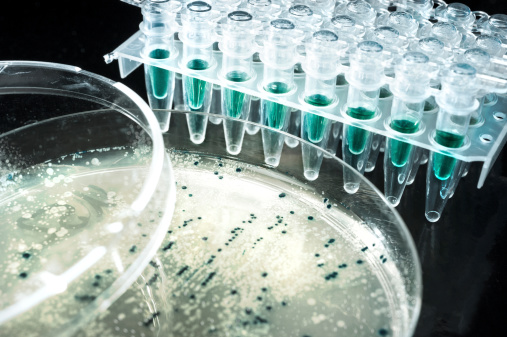Health and Healthcare
Huntington's Disease Orphan Drug Designation Could Rescue Prana
Published:
Prana Biotechnology Ltd. (NASDAQ: PRAN) saw its shares surge on Friday. This movement is on the heels of the U.S. Food and Drug Administration (FDA) granting an orphan drug designation to the company’s drug PBT2.
It should be known that this Australian biotech has had its shares of ups and downs over the years, particularly a major drop earlier in 2014. Prana’s PBT2 has a mixed history due to different trial indications (see below), so good news here could be just what the company needed.
The orphan drug designation is intended to promote the development of drugs for diseases affecting less than 200,000 people in the United States — this drug is designed to treat Huntington’s disease (HD). Through this designation, Prana is entitled to seven years of market exclusivity for PBT2, as well as, protocol assistance by the FDA to optimize drug development and reduced fees in applying for market approval.
HD is a rare, genetic neurodegenerative disease that progressively causes total physical and mental deterioration. The disease begins during an individual’s prime working years as well, and those who have HD ultimately lose the ability to live independently and they die from the disease. There is currently no cure. Huntington’s Disease Society of America indicates that there are some 30,000 Americans who are known to have HD today, but the organization shows that another 250,000 people who are considered “at risk” of inheriting the disease from an affected parent.
READ ALSO: Credit Suisse’s 4 Top Pharmaceutical Stocks to Buy for the Rest of 2014
In February, PBT2 met its primary endpoint of safety and tolerability and its secondary endpoint of improved cognitive performance in its Phase 2 clinical trial. However, it was not long after this that Prana had disappointing Phase 2 clinical data in PBT2 for its Alzheimer’s disease trial, which brought a drop in the share price from about $10 down to under $3 at the time.
In its press release back on March 31, Prana indicated that PBT2 did not meet its primary endpoint of a statistically significant reduction in the levels of beta-amyloid plaques in the brains of prodromal/mild Alzheimer’s disease patients. While there was a reduction in the overall levels of the PiB PET signal in patients treated with PBT2, the company said that the results were also confounded by an atypical reduction of levels of the PiB PET signal in the placebo group as well. A share price drop of 70% is never good to see, and we would point out that any company improving Alzheimer’s stands to make many times more profits than drugs treating Huntington’s.
Prana Chairman and CEO Geoffrey Kempler had this to say on the Huntington’s news, “The FDA’s decision to grant Orphan Drug designation is a reflection of the high unmet need for neurological drugs that can slow, halt or improve the decline of cognition and allow sufferers to have a better quality of life.”
Prana shares were up 24% at $2.65 in the first 30 minutes of Friday’s trading, and we had already seen 9 million shares trade hands, versus about a million for an average day’s volume. The premarket trading had Prana shares up 31% at $2.81 right before the open, with a high of $2.98 in the premarket session. Prana shares opened at $2.78, and its 52-week trading range is $1.47 to $13.29. Even after the pop, Prana’s market cap is listed as only $128 million on Yahoo! Finance.
READ ALSO: What This Skin Cancer Drug Approval Really Means to Merck
We would point out another Huntington’s disease development that was out recently. Auspex Pharmaceuticals Inc. (NASDAQ: ASPX) announced on August 18, 2014, that it has completed the enrollment of the planned 90 patients in its Phase 3 registration clinical trial of SD-809 for the potential treatment of chorea associated with Huntington’s disease.
Auspex said at the time that it expects to announce the topline data from this study in the fourth quarter of 2014. Auspex is worth $550 million in market cap, and its $24 share price compares to a price of less than $21 when the news was announced, as well as to a 52-week range of $13.25 to $35.78. Auspex shares have hardly budged on the news.
Want retirement to come a few years earlier than you’d planned? Or are you ready to retire now, but want an extra set of eyes on your finances?
Now you can speak with up to 3 financial experts in your area for FREE. By simply clicking here you can begin to match with financial professionals who can help you build your plan to retire early. And the best part? The first conversation with them is free.
Click here to match with up to 3 financial pros who would be excited to help you make financial decisions.
Have questions about retirement or personal finance? Email us at [email protected]!
By emailing your questions to 24/7 Wall St., you agree to have them published anonymously on a673b.bigscoots-temp.com.
By submitting your story, you understand and agree that we may use your story, or versions of it, in all media and platforms, including via third parties.
Thank you for reading! Have some feedback for us?
Contact the 24/7 Wall St. editorial team.